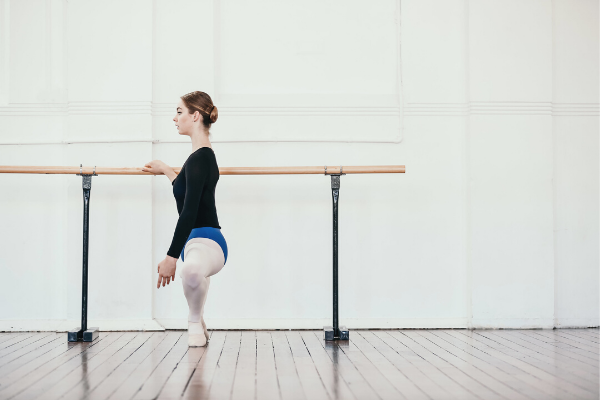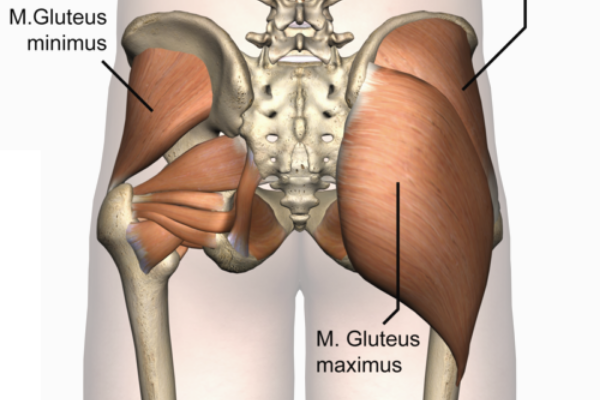- Free Articles
- Shop
- Workshops
- The Dance Educator Series
- Upcoming Workshops
- Workshop FAQ’s
- Host Application Form
- Student Workshop Application Form
- Dance Teacher & Health Professional Directory
- Workshop Testimonials
- Members Areas
- Cart
- My Account
The Best Treatment for Plantar Fascia Pain
Many dancers and even more dance teachers complain of pain in the arch or sole of the foot. Often these individuals get diagnosed with “Plantar Fasciitis” and are often advised to stretch, ice, and massage the sole of the foot. While this advice is extremely common, unfortunately it rarely resolves the issue, and in many cases this can actually make it worse.
The reason why this historical treatment often fails is due to the fact that the pain most people experience is due to degeneration of the tissues, rather than inflammation, and therefore requires a totally different treatment plan.
- If the fascia is already on a sustained stretch due to chronic, excessive pronation, the last thing it needs is more stretching.
- If it is already suffering from a lack of blood flow due to this constant traction, icing the area will further restrict blood flow when it is needed most.
- If the tissues are in a state of degeneration, massaging those tissues can cause further injury, and may even encourage tearing of the plantar fascia
Common Contributing Factors
As with any injury, the exact rehab program needed will depend on the individuals foot type and specific contributing factors, however the following suggestions outline the most common ones. Identifying the real culprit is essential in helping you recover as quickly as possible. As always, we highly advise working with a local health professional if you have any pain, but the following info may help you achieve a more comprehensive, and effective treatment.
Rigid Supinated Foot / Lack of Defirmation en Fondu
If the foot is too rigid and does not deform en fondu or with regular walking, the tissues will often lack hydration and recoil. This results in strain when landing a jump, or even with regular walking and sustained standing.
In this situation, restoring mobility to the mid-foot and integrating this into your regular walking pattern will be the most important element of the rehab plan. A stiff mid foot is often seen in dancers who have been told to lift or brace their arches when dancing.
Excessive, Sustained Pronation
Some people have the opposite issue, in that the foot tends to rest in excessive pronation and the tissues do not have enough integrity to return the foot to a neutral position. This results in the tissues on the sole of the foot being held on a constant, passive stretch, leading to chronic ischemia (lack of blood flow) and ultimately degeneration of the tissues. In this situation it is imperative not to stretch, massage or ice the area, as this will exacerbate the issue rather than fix it.
Developing subtle rotational control of the thigh bone from the hip can have a huge impact on the placement of the foot in relaxed standing and with normal walking. In dancers, developing optimal turnout control from the hip will help prevent bracing of the inner arch or conversely, excessive pronation during a plié or landings jump.
Poor Windlass Mechanism
Testing the Windlass Mechanism is a great way to assess the foot’s functional stability and effectiveness. When working well, extension of the great toe will result in a mild supination of the mod foot, encouraging mid foot mobility with normal walking. If this is lacking, either due to a lack of toe extension, or mobility in the mod foot strain will often be felt along the medial arch.
Gentle but specific mobilisation of the mid foot and massage of the soft tissues leading into the foot can quickly restore the windlass mechanism. When progressing back to work in the studio it is wise to test the Windlass mechanism before class, and perform any mobilisers needed to restore its function.
Tight Superficial Back Line
The fascia of the sole of the foot is continuous with the entire Superficial Back Line so restrictions elsewhere along the line may be contributing to tension in this area. Careful assessment of the back line in a simple roll down may help uncover other areas that need attention when rehabilitating Plantar Fascia Pain.
Techniques such as the Suboccipital Releases, Tennis Ball Releases, Hamstring Mobiliser or Cupping anywhere along the line may help in reducing excessive tension in the sole of the foot.
Effective Treatment Options
The generically recommended treatment for Plantar Fascia Pain often includes stretching the plantar fascia, icing the area and massaging the sole of the foot. Unfortunately, especially in the case of an excessively pronated foot, this can make things worse. More effective rehabilitation strategies may include:
- Careful mobilisation of the mid foot (if restricted)
- Supporting the Plantar Fascia with Dynamic or rigid taping techniques
- Carefully moulded soft orthotic devices (temporary)
- Retraining dynamic support of the arches
- Mobilisation of the superficial back line
All of the exercises referenced in the above videos are covered in the Level 1 Teacher Training course. The videos are excerpts from one of the regular Coaching Calls available to all current members.
Supporting the fascia
Providing some support to the fascia is essential in allowing the inflammation to settle while you build up the strength to control the foot yourself. A combination of a soft, heat mouldable orthotic in school/running shoes during the day and strategic taping for classwork is often the best option.
The following taping technique uses Dynamic Tape to reconstruct the dynamic arches of the foot. It is helpful in offloading an overly stretched plantar fascia, and is also helpful for mild Achilles issues. Alternatively, or in severe cases, rigid strapping tape in a cross-woven web over the sole of the foot to mimic the plantar fascia may be necessary.
You can purchase Dynamic Tape HERE
To get the fastest recovery possible, combine the approach above with a short period of "Relative Rest" from allegro and pointe work. You should still be able to do a flat barre and adage to maintain your strength (especially with appropriate taping) however if it is very painful, you may have to wear supportive runners in class instead of ballet flats.
Our "Will I Ever Dance Again?" program shows you exactly how to manage your dancing in class while taking the appropriate time off, allowing the inflammation to settle. It guides you through a detailed floor barre, as well as a barre that can be done in an orthopaedic boot (if you have been fitted with one) so that you can continue working all parts of your body while resting the foot. It also has great exercises that you can do while not jumping to actually improve your jumps long term, as well as gradual progressions to build back into the Allegro, Adage, and Pirouette sections of class. In each of these parts of class, it is essential that you build back slowly, making sure to develop perfect technique, correcting any weaknesses that lead to the Plantar Fasciitis developing in the first place.
This is an essential step in the rehabilitation of any injury to ensure that it does not return once you start back in class. For more information on the "Will I Ever Dance Again?" program, CLICK HERE.
Often students find that they actually come out of an injury like this stronger and more mobile than before if they learn how to work with their body in the correct way. Improved flexibility and foot control help all areas of dancing, and correct dynamic bio-mechanics of the foot will result in much-improved height and ballon in Allegro work.
Pointe Resources
If you are looking to delve deeper into this topic, check out the following programs:
- The Perfect Pointe Book: This course was originally designed to help students and dance teachers safely prepare for pointe work. The four stages of tests and exercises within the book are ideal for pre-pointe preparation classes, students close to achieving pointe shoes and students already en pointe looking for extra strength and technique training.
- How to Improve your Pointe Range: This online program comprises of 41 clear and concise videos, totalling just under 2 hours play time, this course begins with a series of assessments to establish exactly what structures are restricting your pointe range. It then explores a diverse array of massage techniques, joint mobility exercises and fascial mobilisers to safely improve your pointe range. This is followed by an in depth look at retraining all of the muscles that stabilise the foot and ankle to allow you to actually use your new found pointe range in class.
- Pointe Intensive: This online virtual workshop is designed for both Dance Teachers & Health Professionals working with dancers. This three day Intensive will give you the most up-to-date advice in the industry to help you understand your students’ needs, analyze their differences, and them you the tools to help your students become the best dancer they can be.







